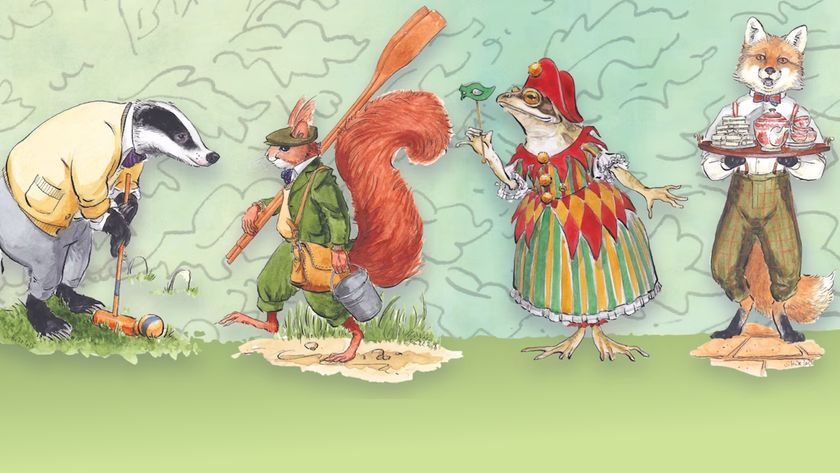The most unappreciated Zelda game is secretly its most innovative
If you’ve ever sat there angrily stabbing the A button while trying to skip the obligatory tutorial section of a modern Zelda game, spare a thought for those who didn’t have the luxury of such mentoring back in the day.I was one of those poor souls, a mere six years of age when I first received Zelda 2: The Adventure Of Link on the NES. These days Zelda games are heralded with many years of hype, waiting and rumour-mongering, but back then there had only been one other Zelda game, and its sequel was released without trumpets and parades.
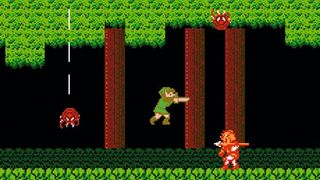
With very little information, then, I sallied forth upon my second adventure with Link. Starting in a royal bedroom with Zelda lying there fast asleep, I left the castle grounds and started wandering around Hyrule without a clue as to what was going on.
The Legend Of Zelda had been a revelation. Shigeru Miyamoto and co had squeezed a vast adventure into a tiny cartridge; with more space to play with second time round, the formula was expected to evolve. Seeking something different, Miyamoto kept hold of Takashi Tezuka to help with the story, but put together a different team to make the rest of the game. Little did I know that, while roaming this new top-down area of Hyrule, I was about to discover two of the game’s new additions, one added by Miyamoto, the other a consequence of this decision.
Firstly, Zelda 2 wasn’t a top-down adventure after all. Secondly, it was hard. And not just the ‘oo-er, that was difficult, I only managed to get through with half a heart piece left’ kind of hard, but ‘I have begun to question not only my own faith, but also religion in general’ hard.
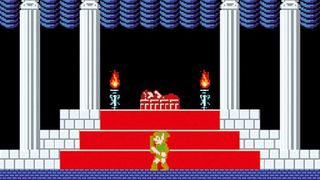
Upon encountering an enemy in Zelda 2’s overworld map, the action switches immediately to a side-scrolling view. Link, armed with his sword and shield, can walk left and right, swiping his blade at foes and dodging attacks. It was an interesting idea, but one that resulted in very tricky gameplay, which is probably why it’s never been attempted in a Zelda game since.
Link was brutally underpowered for the first half hour, welcoming you with less a difficulty curve than a cliff. For days I was trapped in an eternal death loop, surviving for ten minutes before ending up on the wrong end of a Moblin’s blade. This didn’t feel like the epic quest I had signed up for, this was Nintendo taking the mick. I stuck with it, though, and eventually managed to survive for long enough to have something interesting happen. Link levelled up.
This was a new concept to me (RPGs hadn’t yet taken the western world by storm) and it took a while to wrap my tiny child mind round it, but it dawned on me that the longer Link survived and the more enemies he defeated, the stronger he would become. This wasn’t just a guy who could pick up fire flowers or super mushrooms to give him artificial strength, this was a hero who was evolving, gaining experience and growing in ability the more he fought.
Sign up to the 12DOVE Newsletter
Weekly digests, tales from the communities you love, and more
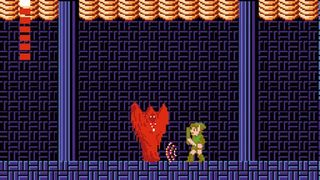
Over time the game got less difficult. Link would level up more and the enemies who used to annoy me became delicious sword-fodder, offering up experience points that would help pump up my hero to ever greater heights. The sense of responsibility controlling Link in Zelda 2 was greater than any I’d ever felt: I wasn’t just leading a sprite through a number of stages to get the princess, I was in charge of making sure this adventurer was strong enough to do the business once he got there. It was like a longer, 8-bit version of the training montage from Rocky 4 (an apt comparison at the time, as that film had only been released a couple of years earlier).
Once players got over Zelda 2’s initial difficulty spike they could begin to appreciate the game’s other additions and innovations. Visiting Hyrule’s villages gave the game a feeling that you were exploring an actual land populated by real people, rather than the original’s citizen-free plains. Sure, the inhabitants of Rauru, Saria, Ruto and the like (named after the seven sages) don’t say much more than badly translated nuggets of gnomic chatter (“If all else fails, use fire,” indeed), but to a young chap like me who could barely read, this just added to the mystique.
Look and feel weren’t the only things that make it stand out to this day as a unique Zelda. It’s also the only main game in the series that didn’t feature music from Koji Kondo, meaning it sounds unlike any other title in the series. The tunes were instead handled by Ice Climbers composer, Akito Nakatsuka, and while its take on the main overworld theme isn’t as fondly remembered as Kondo’s work, the temple theme – later remixed in Super Smash Bros. Melee and Brawl – is considered a classic Zelda ditty.
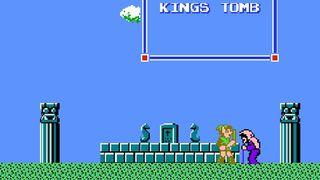
Zelda 2 may now be considered the black sheep of the series and its RPG-style levelling system may have been dropped, never to be seen again, but Nintendo introduced plenty of other elements in the second game that have continued throughout the series.
As well as the aforementioned villages and towns Zelda II also marked the first appearance of Dark Link, the Triforce of Courage and the series’ sprawling side quests (one saw you finding medicine for a sick lad). It also introduced now-common Zelda items such as the hammer and boots and was the first to let Link use magic.
If you’ve never played Zelda 2 because you’ve heard bad things, I urge you to download it [on VC now, folks! - Shill Ed] and give it a chance. The first hour or two will be immensely frustrating, as you find yourself dying time and again, as I did almost 25 years ago. But then, just like that, it’ll click and you’ll realise that Zelda 2 was actually the first game in the series that really made you feel like you were in control of a hero, rather than a clump of pixels. The first game was called The Legend Of Zelda because the aim was to find and rescue the princess. Zelda 2 was named The Adventure Of Link for a very good reason.
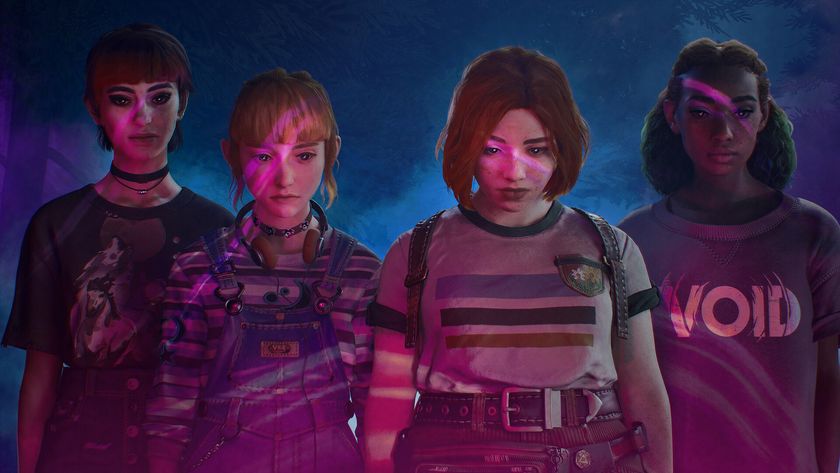
Life is Strange director says Don't Nod returned to its episodic roots in Lost Records because he's not "invested" in Netflix's binge model

Lost Records: Bloom and Rage – Tape 1 review: "This Life is Strange successor is Stephen King, Blair Witch, and Yellowjackets all rolled into one – delicious"
Most Popular






